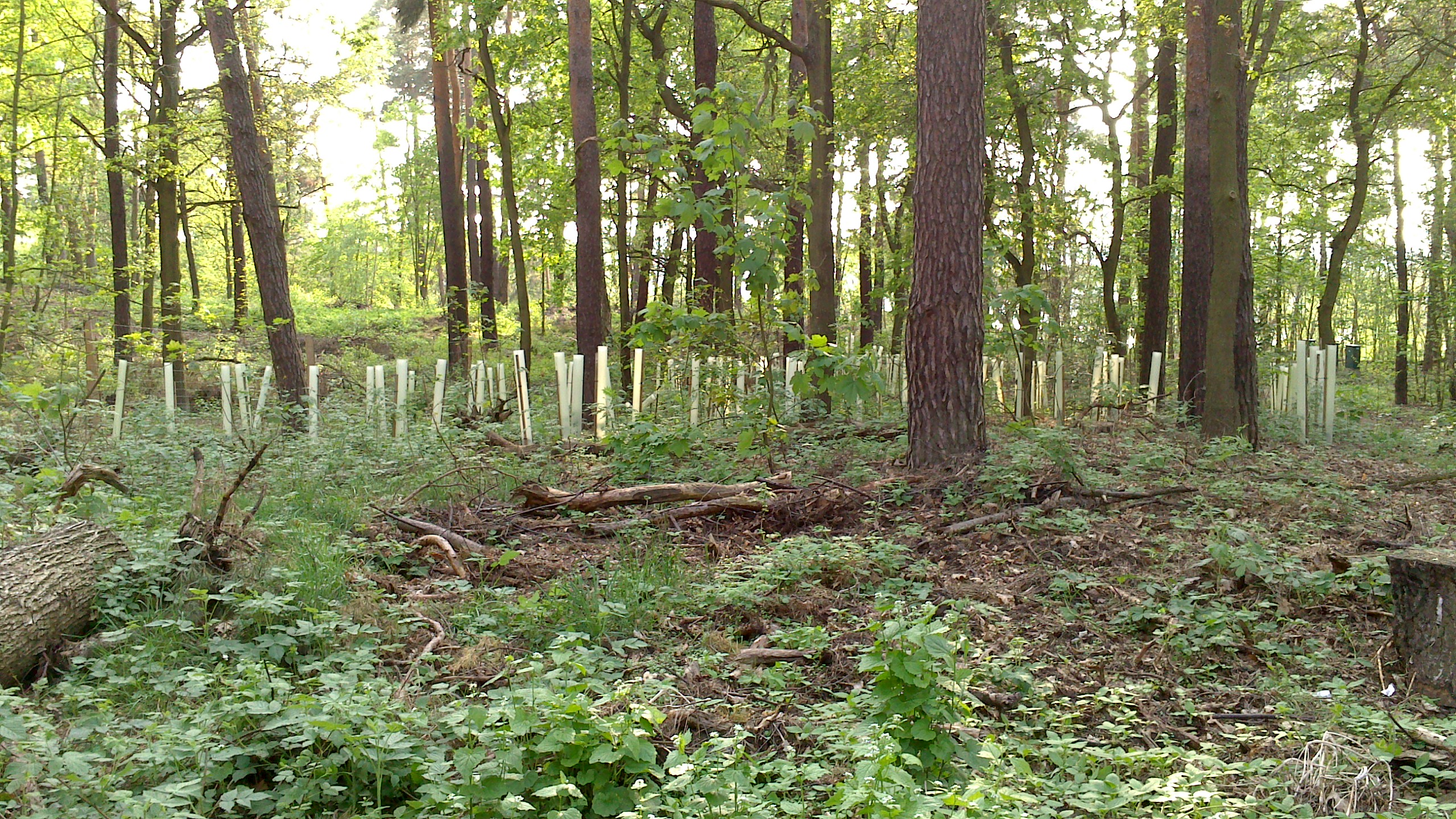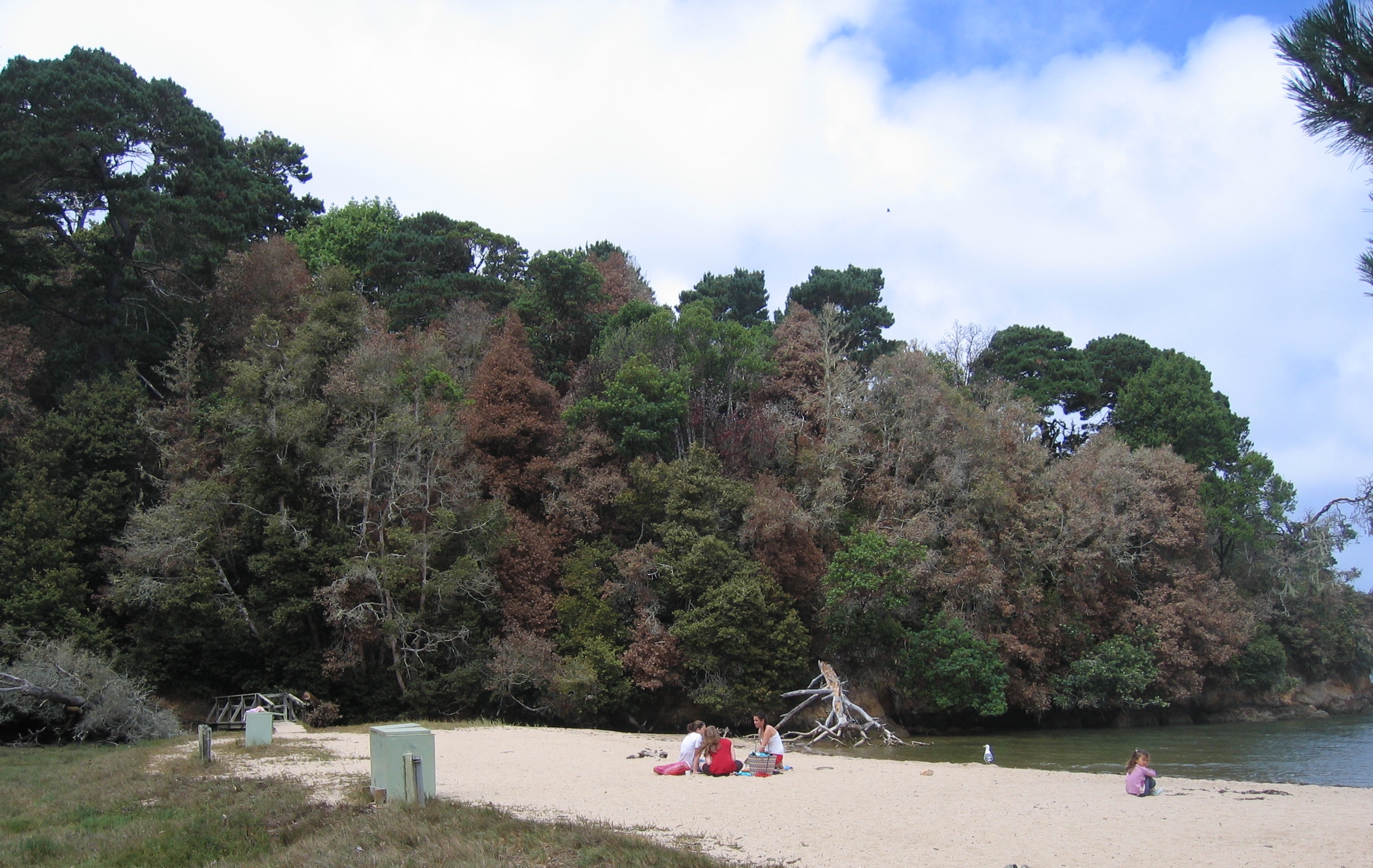Congress Spotlight #20 – The climate’s changing: So should forest management
The climate’s changing: So should forest management

In Berlin, the capital city of Germany, a comprehensive program of converting pine stands into close-to-nature mixed forest is being implemented, thus making the forest more resilient to future climate change effects, for example. (Photo by IUFRO)
As a joke, people used to say: “If you don’t like the weather, just wait a minute. It’ll change.”
Now they say that about the climate – but they’re a lot more serious.
The rapidly changing climate will precipitate related changes throughout nature. And that includes the world’s forests.
Anticipating climate change impacts on forests and adapting policies and management strategies to mitigate those impacts is critical to maintain the health of those forests and, by extension, of the earth.
“Forest management for adaptation to climate change” is the theme of a session being presented at the 24th IUFRO World Congress in Salt Lake City this fall, by Drs. Rodney Keenan of the University of Melbourne, Australia; Carina Keskitalo of Umeå University, Sweden; Kalame Fobissie of the World Wildlife Fund Central Africa, Cameroon; and Guangyu Wang of the University of British Columbia, Canada.
Congress Spotlight #19 – ‘Citizen science’: A way to fight invasive species?
‘Citizen science’: A way to fight invasive species?

At Shelley Beach, a few miles North of San Francisco, tanoaks and oaks, the most sacred trees to native people of the Northern California coast, have been decimated due to the exotic disease known as Sudden Oak Death (SOD). SOD is thus not only changing the landscape dynamics but also profoundly altering the local culture. (Photo by Matteo Garbelotto)
Invasive species are a threat to forest ecosystems around the world.
No surprise there.
Thousands of invasive flora and fauna have been transported – sometimes by accident, sometimes by design – to different continents and countries. Very often their impact is detrimental to their new region.
But, usually when one thinks of the negative impacts of invasive species, top of mind would be the effect on the economy – for instance, phytophthora dieback, an Asian import, affects the economically important jarrah tree in Australia. Or perhaps one would think of environmental damage, such as the destructive swath cut through the forests of Tierra del Fuego by imported North American beaver, to give just two illustrations of unwanted economic/environmental results.
